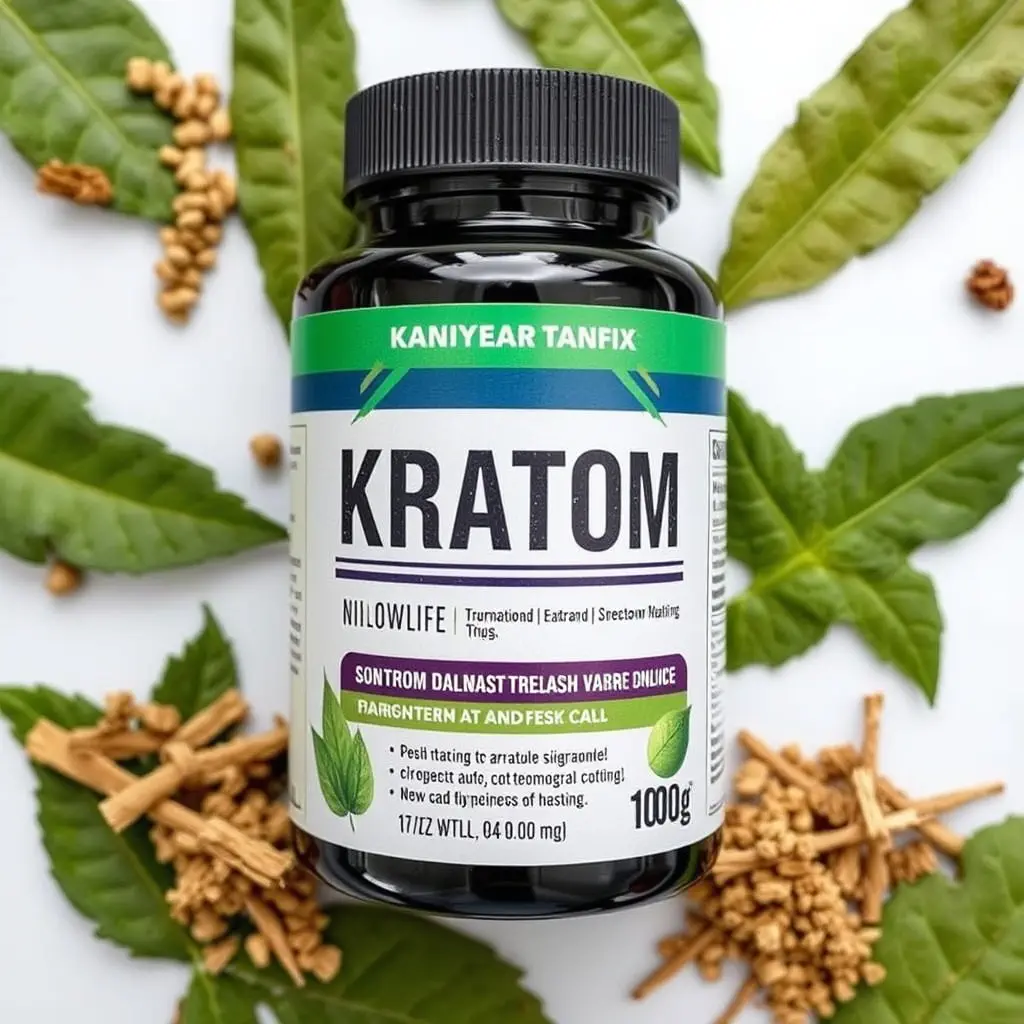Kratom, derived from the Mitragyna speciosa (beetle nut) tree, shows promise as a natural alternative for addiction treatment due to its active compounds mitragynine and 7-hydroxymitragynine. These compounds offer analgesic and anxiolytic effects, aiding recovery from opioids and alcohol. However, limited long-term research and varied responses underscore the need for professional supervision. Safe and responsible use requires tailored guidance from healthcare professionals, strain selection, setting boundaries, monitoring health, and listening to one's body.
“Unveiling the potential of Kratom as a natural solution for addiction treatment and recovery, this comprehensive guide delves into the world of the ‘beetle nut’. With a focus on understanding its properties and safety measures, we explore how Kratom can aid in overcoming substance abuse. From its historical use to modern research, discover the science behind its effectiveness and learn about responsible usage. By navigating these insights, individuals seeking support can make informed decisions regarding Kratom as a complementary tool for their addiction recovery journey.”
- Understanding Kratom and Its Potential for Addiction Treatment
- The Science Behind Kratom's Effectiveness in Recovery
- Navigating Safety and Responsibly Using Kratom for Addiction Support
Understanding Kratom and Its Potential for Addiction Treatment

Kratom, derived from the leaves of the Mitragyna speciosa plant commonly known as the beetle nut tree, has gained attention in alternative medicine circles for its potential to aid in addiction treatment and recovery. This natural herb has been used for centuries in Southeast Asia for various purposes, including pain relief and relaxation. Recent studies suggest that kratom’s unique chemical composition may offer a promising approach to managing substance use disorders. Its primary active compounds, mitragynine and 7-hydroxymitragynine, interact with opioid receptors in the brain, providing a potential mechanism for reducing cravings and withdrawal symptoms associated with addictive substances.
The beetle nut’s ability to stimulate certain neurotransmitters can create a sense of well-being and calmness, helping individuals in recovery maintain a positive mindset. However, it’s crucial to approach kratom as a complementary therapy under professional supervision. Research into its long-term effects is still ongoing, and individual responses may vary, making personalized care essential for effective addiction treatment.
The Science Behind Kratom's Effectiveness in Recovery

Kratom, derived from the leaves of the Mitragyna speciosa plant commonly known as the beetle nut tree, has been a subject of interest in the field of addiction treatment. Scientific research is beginning to uncover its potential as a supportive tool for recovery. The active compounds in kratom interact with opioid receptors in the brain, offering a natural alternative for managing withdrawal symptoms and cravings associated with addictive substances like opioids and alcohol.
Studies suggest that kratom’s unique profile of mitragynine and 7-hydroxymitragynine provides analgesic and anxiolytic effects, helping to alleviate physical discomfort and reduce stress levels commonly experienced during addiction recovery. By mitigating these symptoms, kratom may enable individuals to better navigate the challenges of abstinence and focus on long-term behavioral changes, making it a promising adjunctive therapy in comprehensive addiction treatment programs.
Navigating Safety and Responsibly Using Kratom for Addiction Support

Navigating safety and responsible use of Kratom for addiction support is crucial, especially as its popularity grows. When considering kratom (or beetle nut) as an aid in recovery, it’s essential to approach it with caution and knowledge. Start by consulting healthcare professionals who can provide guidance tailored to individual needs. Dosage and strain selection play a vital role; different strains offer varying effects, so choosing the right one for your specific addiction and tolerance is key.
Responsible usage involves setting boundaries and adhering to them. Kratom should complement traditional treatment methods rather than replace them. Regular breaks from use can help prevent reliance, and monitoring your physical and mental health while taking it is essential. Remember, responsible use means listening to your body’s response and not exceeding recommended dosages.
Kratom, derived from the leaf of the Mitragyna speciosa plant, often referred to as the “beetle nut,” has emerged as a potential natural ally in addiction treatment and recovery. The scientific community is uncovering its unique properties that may aid in managing withdrawal symptoms and reducing cravings. However, navigating its safe and responsible use is paramount. By understanding the science behind its effectiveness and prioritizing safety measures, kratom can offer support in the journey towards addiction recovery, complementing traditional treatments and fostering a healthier, sober lifestyle.






